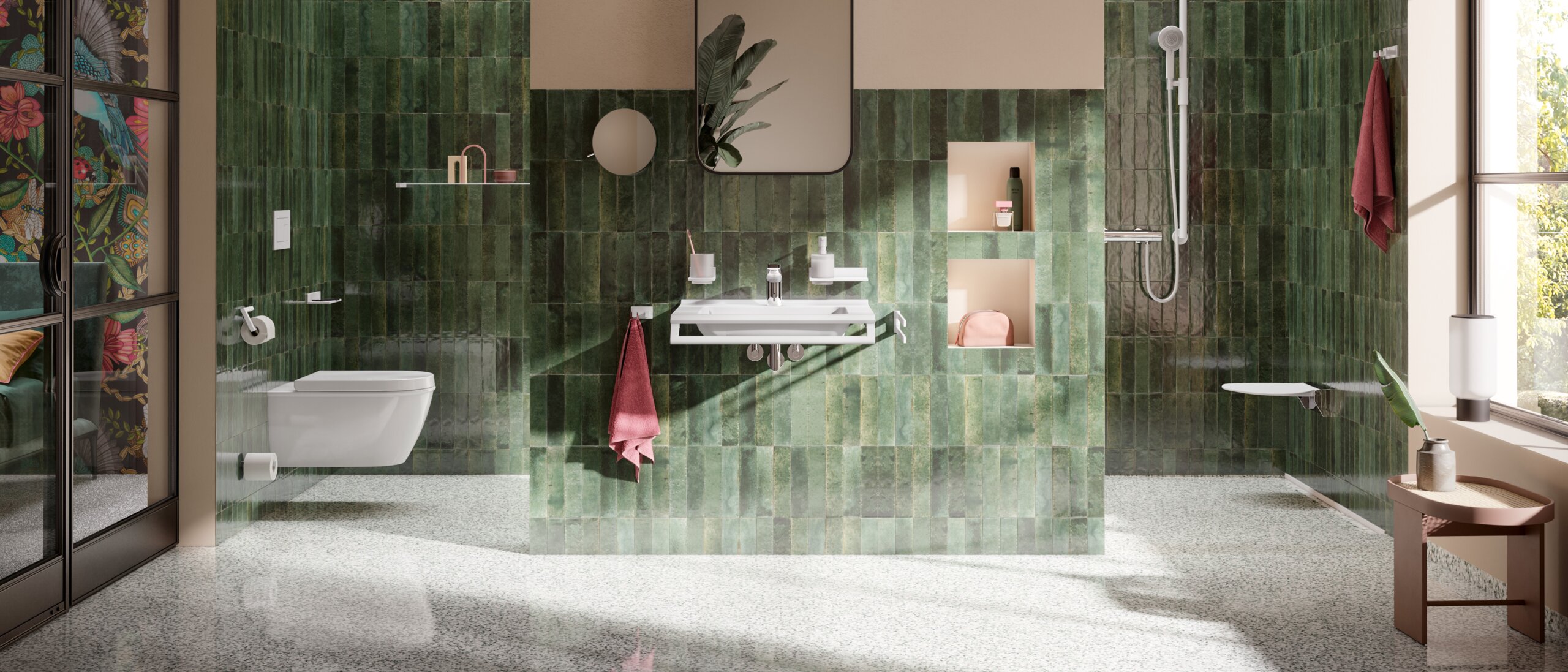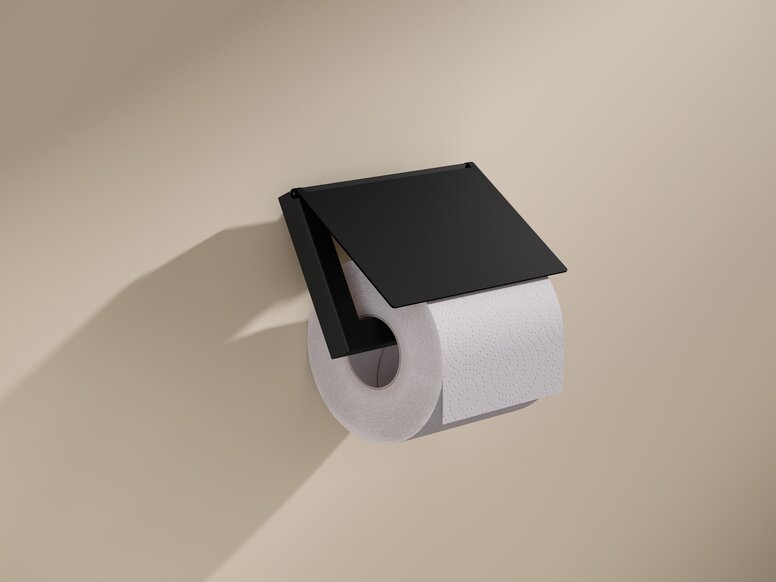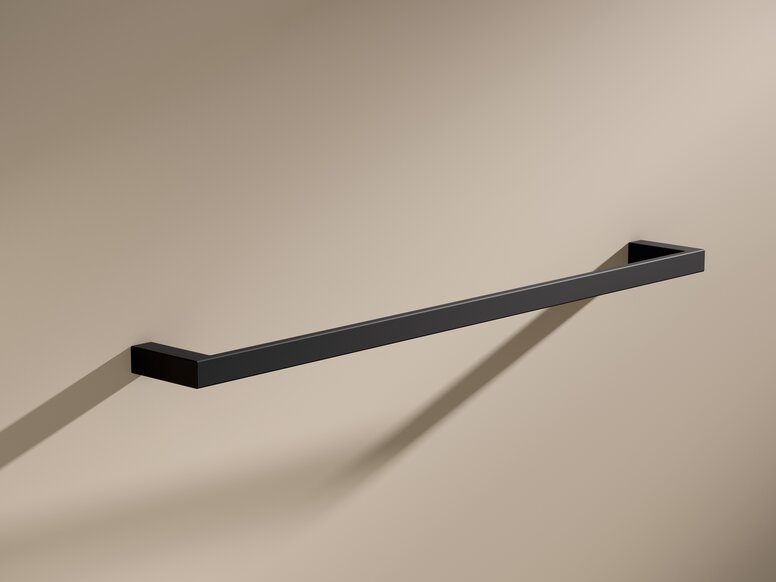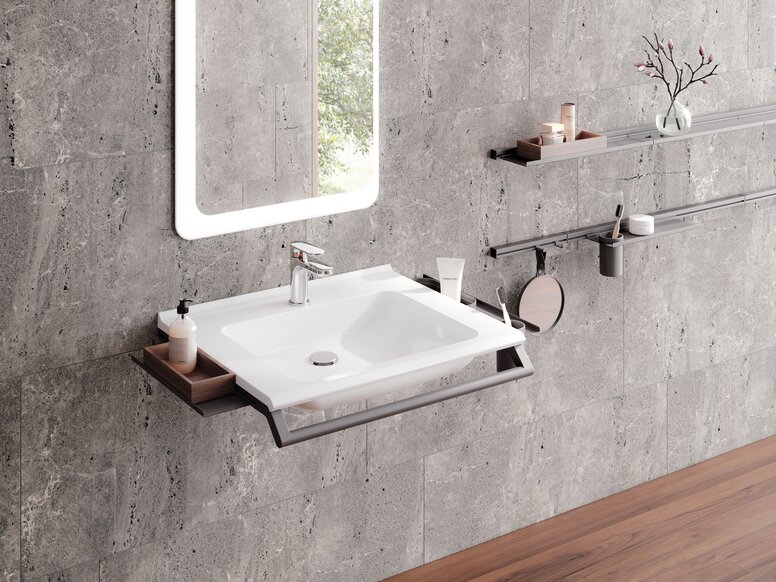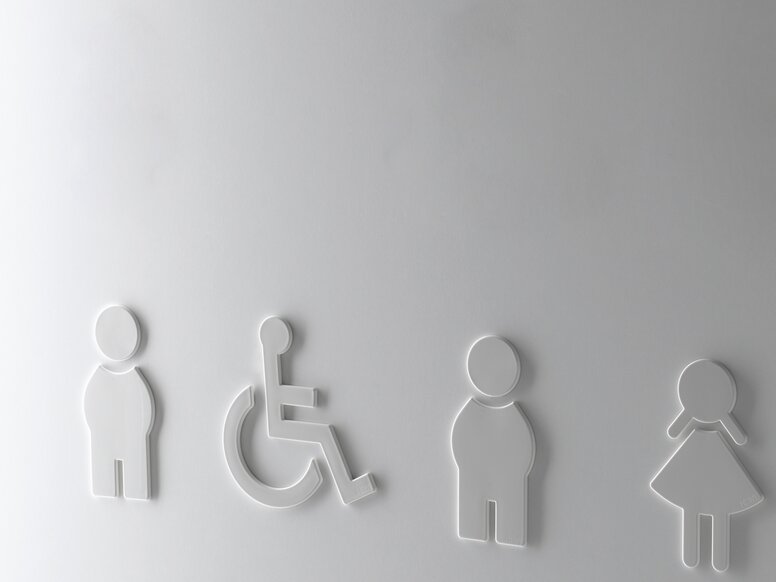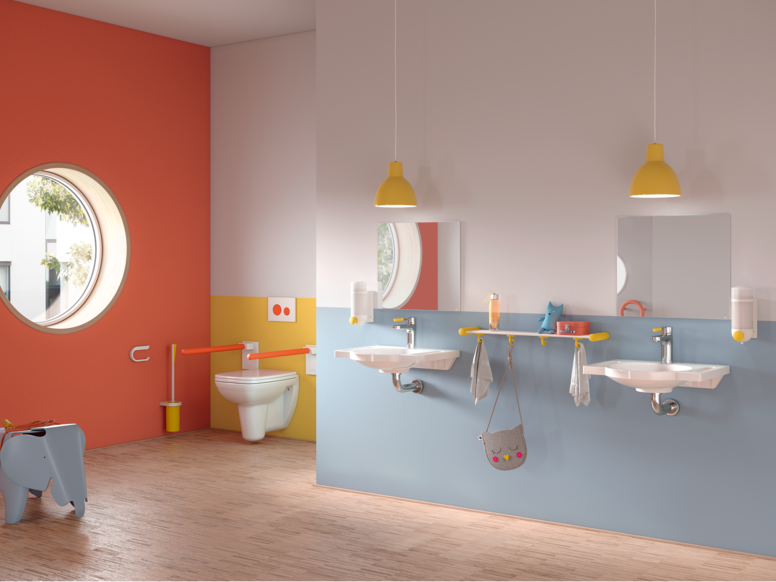HEWI MAG / architecture
Basic geometric shapes in architecture
Architecture without basic forms based on geometry is unthinkable. Every construction is based on this. But how do these forms influence human sensation and behaviour? We give you an overview of different basic forms in architecture – with a special focus on the bathroom.
Urban space consists of a world of geometric shapes. Prisms and pyramids can be found everywhere. Platonic and Archimedean solids are just as typical as cubic forms. Most architectural buildings are polyhedra – whether relatively simple or extremely complex. This is not a modern trend. The human need for comfort, beauty, and self-expression is reflected in geometry. Science and art have been closely connected since ancient times. Geometry has long been an integral part of architecture. However, there have been numerous developments and improvements. In addition to simple residential structures, carefully planned and designed architectural works of art are now possible.
Functional, simple aesthetics in Bauhaus style
An example of an architectural style in which geometric shapes are used is the Bauhaus style. Unusual materials and complementary colours characterised by simple, symmetrical shapes. There really isn’t one single Bauhaus style. From 1919 onwards, various artists united under this name. They all had a common goal. For them, architecture was considered a total work of art – which is why they wanted to do away with the separation between art and craft. They also wanted to make a good quality of life possible for people of all social classes. The focus was more on designing buildings for all people instead of focusing on luxury buildings. The Bauhaus style therefore also gave rise to the first industrialised residential buildings, which were efficient and useful. There’s a reason why the motto “Form follows function” is still widely used in architecture today. One example is the Bauhaus building in Dessau designed by Walter Gropius.
But which geometric shape has which influence on people?
Strength and resilience: Cubic forms in architecture
The cubic form is considered particularly relevant in architecture – because a cubic building conveys a sense of strength and resilience. Cubic shapes have a clear geometry. That’s why they appear stable and secure. Such buildings enable simple orientation because all corners are uniformly designed. Cubic forms are particularly suitable for those buildings in which a regulated, orderly flow is encouraged. An example of this is administrative buildings or public facilities.
An example of a basic cubic shape in building architecture can be found as a HEWI reference in the “FutureHAUS Dubai”.

Clear symmetry: Square shapes in architecture
Square shapes have a function and effect that is similar to cubic shapes. Square shapes are also clearly symmetrical. They create a feeling of comfort and cosiness in people. The square shape is therefore particularly well suited to residential buildings because it makes people feel safe and secure. The square floor plan is also ideal for residential buildings because it requires a much smaller external wall length for the same living space than a longer, narrower building. The heatings costs are also lower. In addition, a square house consisting of two storeys requires less land area than an angular bungalow. Typical square buildings are city villas, Scandinavian country houses, and the classic Bauhaus style.
An example reference for a city villa in which HEWI products were used can be found here: https://www.hewi.com/de/unternehmen/referenzen/stadtvilla.
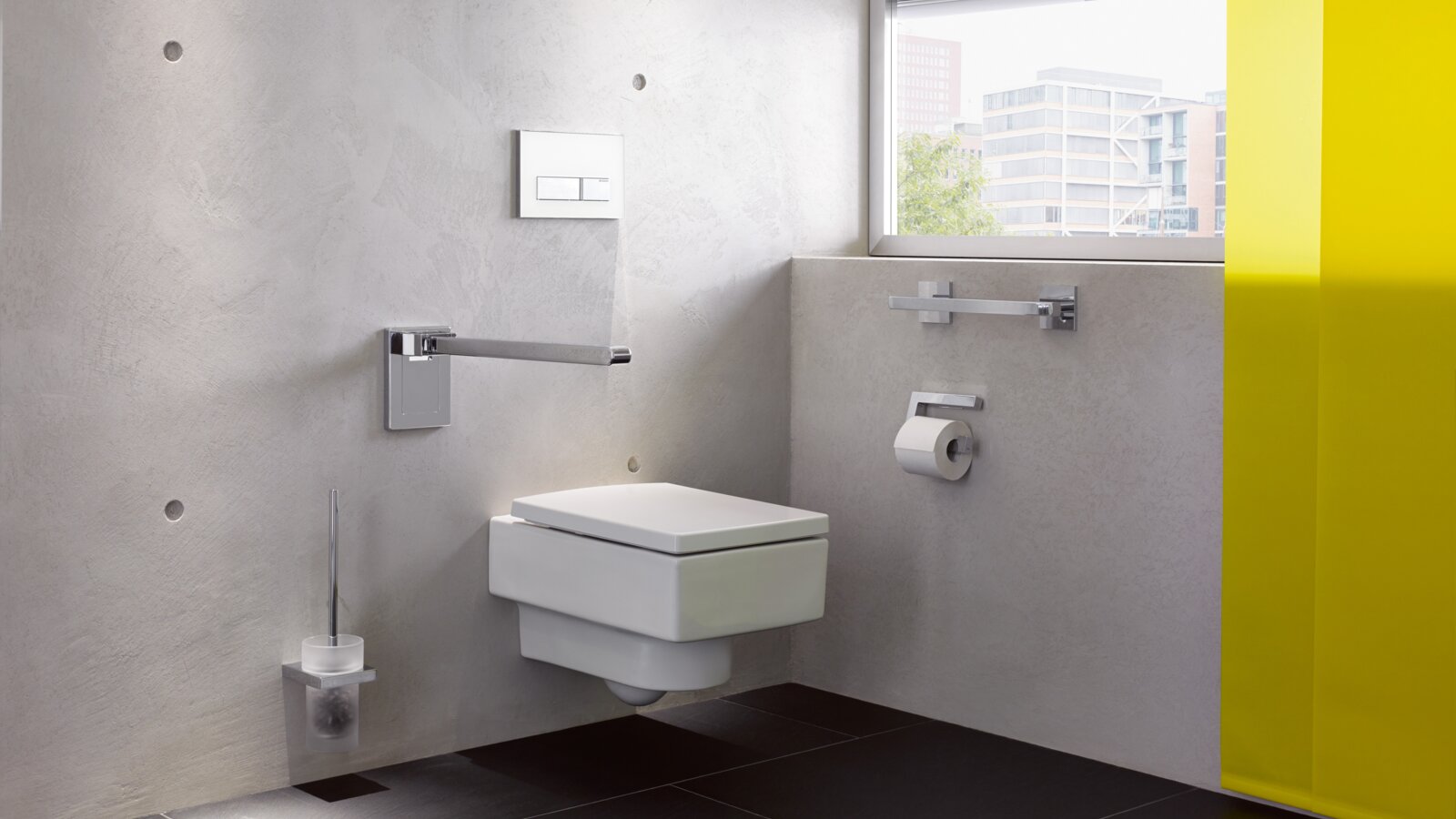
Other geometric shapes
In addition to square or cubic geometric shapes, other shapes are also conceivable. These include round, elliptical, or trapezoidal building structures. Elliptical shapes are often used in representative areas. Examples include entrance halls and conference rooms. Trapezoidal buildings create a dynamic and active atmosphere. This is why architects often choose them for sports or leisure facilities.
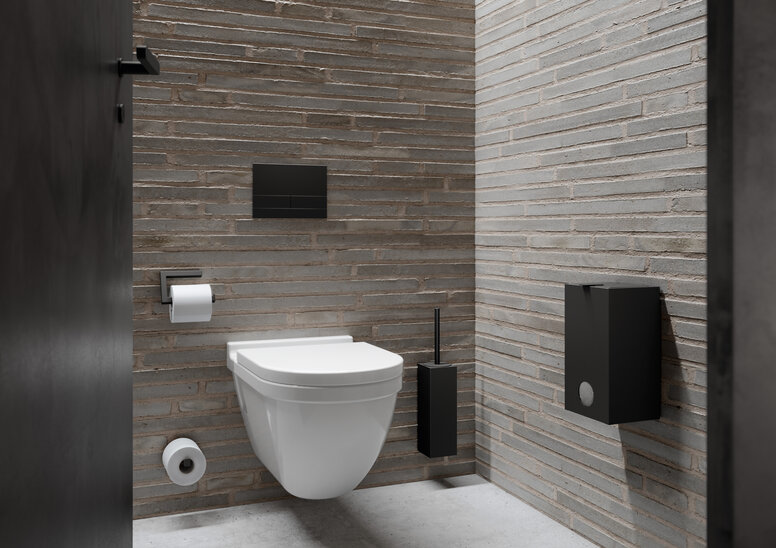
Consider geometric shapes in architecture
It is important to note that each form has its own meaning and effect. This can be interpreted differently depending on context and purpose. For you as an architect or planner, it is therefore important to consider the effect of basic geometric shapes when designing buildings. Different shapes have different effects on people. That is why you should think carefully about the shapes you use in your designs. Only then will you be able to achieve the desired effect and meet the needs of the users.
Stay informed
Would you like to receive regular information on architecture and sanitary areas? We will keep you up to date in our newsletter. Register now free of charge.
